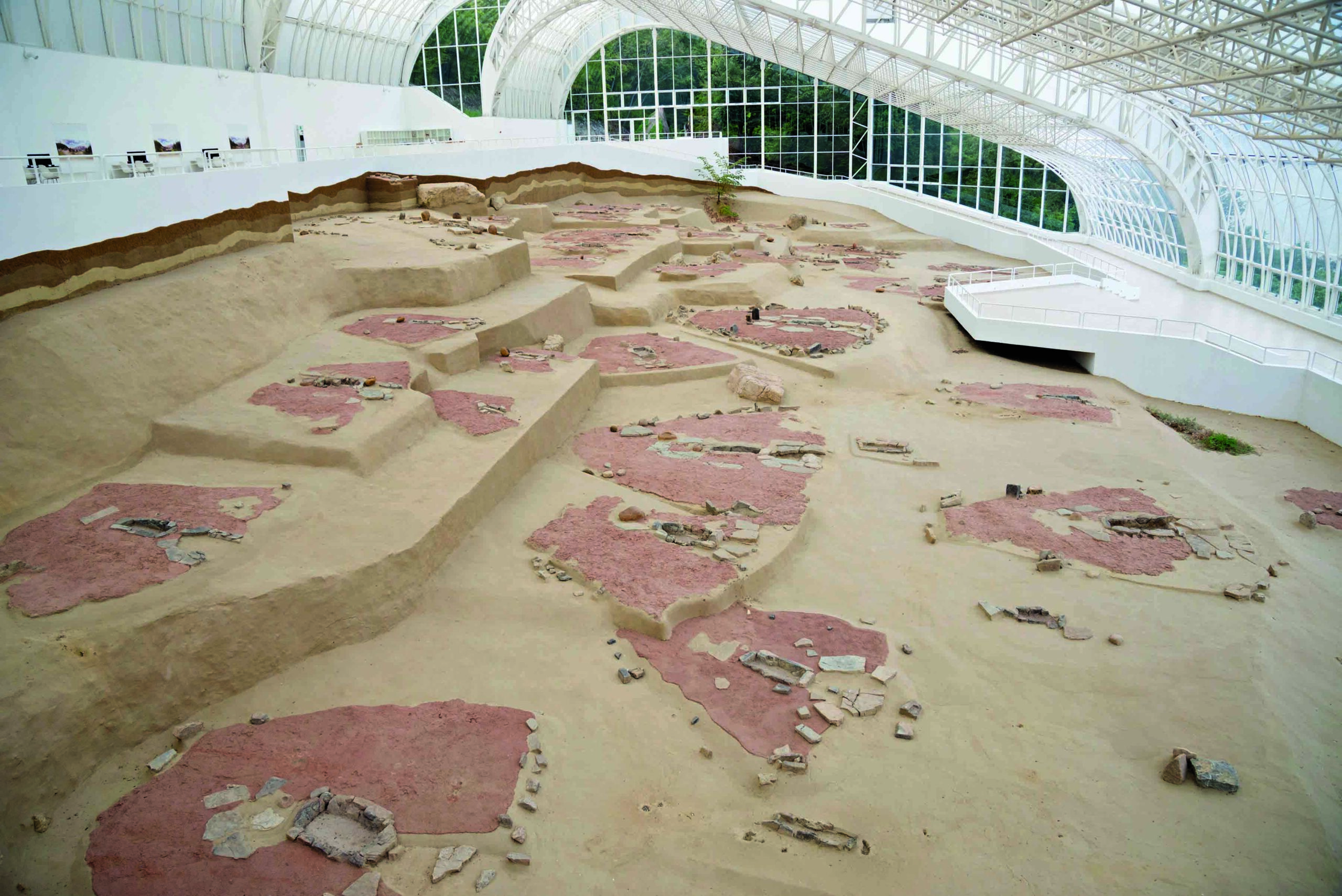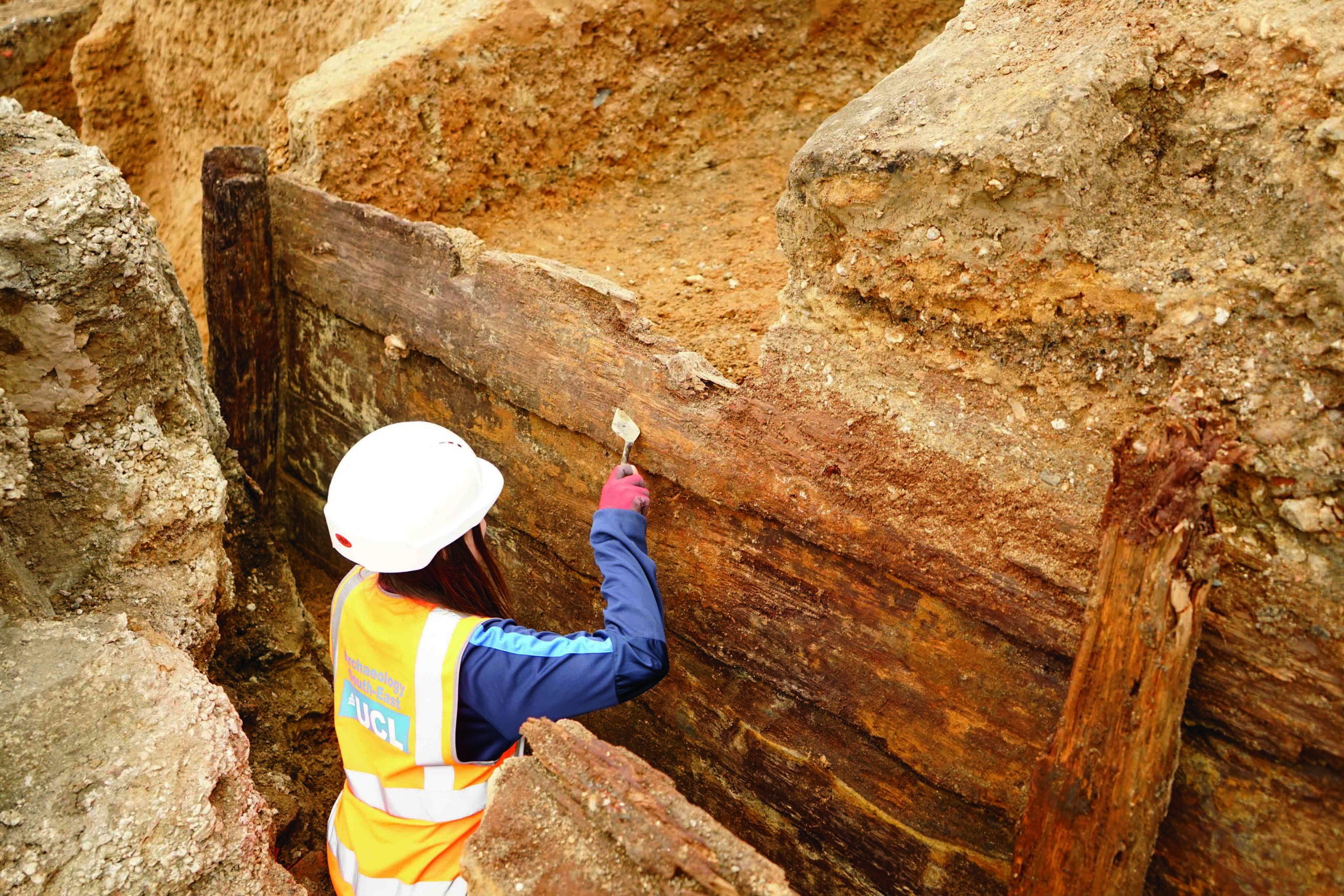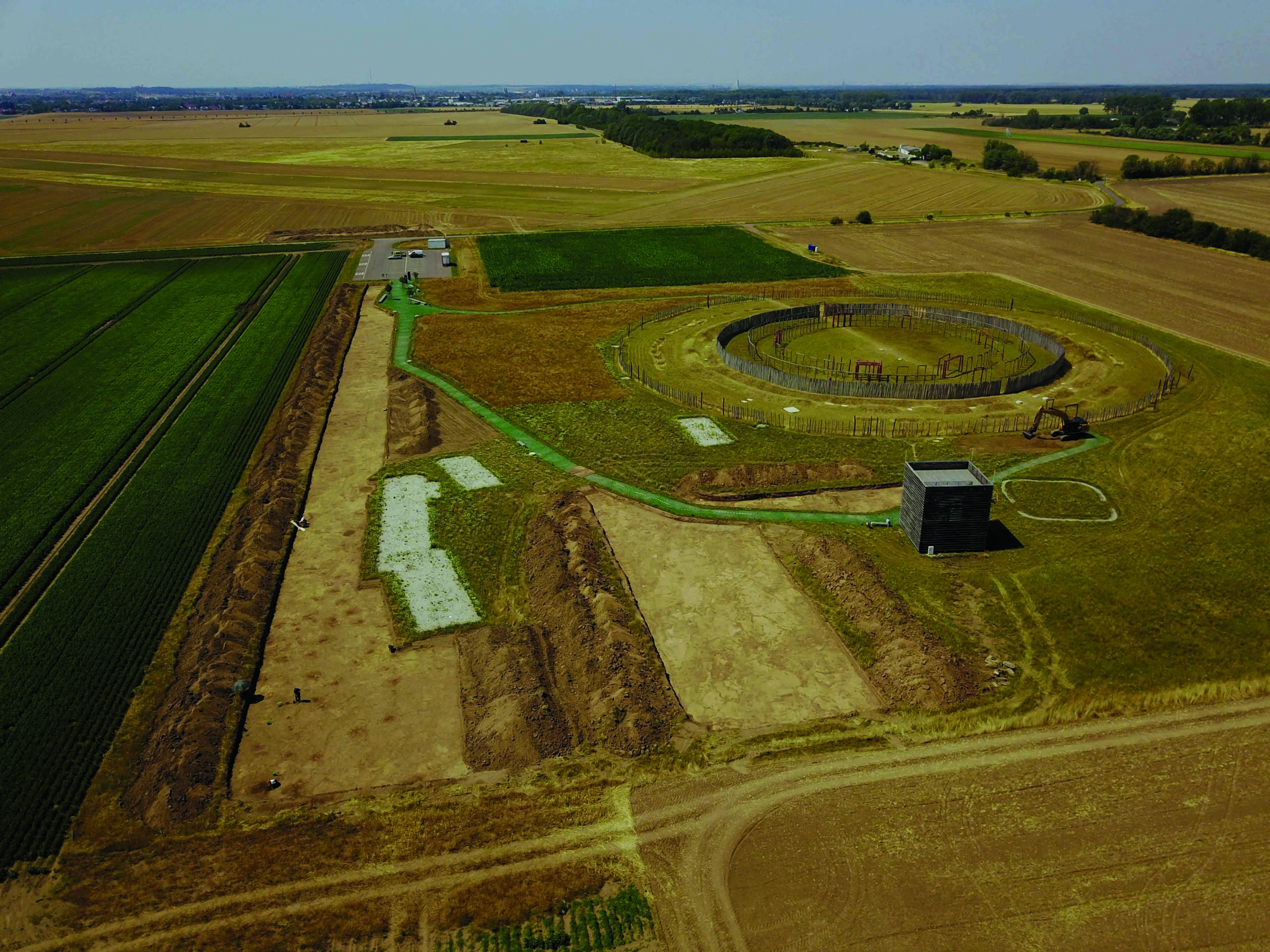
MUNICH, GERMANY—According to a statement released by Ludwig Maximilian University, early Neolithic sheep herders in central Anatolia learned how to care for their livestock on the job over a period of about 1,000 years. Curator Nadja Pöllath of the State Collection for Anthropology and Palaeoanatomy in Munich, and zooarchaeologist Joris Peters and statistician Sevag Kevork of Ludwig Maximilian University, analyzed the bones of fetal and neonatal lambs unearthed at Aşikli Höyük, an early Neolithic site in central Anatolia where compacted layers of animal dung have been uncovered. The researchers then compared what they found with other collections of sheep bones to identify the stages of a young lamb’s life. They determined that between 8350 and 7300 B.C., the life expectancy of newborn lambs gradually improved as herders learned to reduce the number of infections and improve nutrition by moving the animals out to open grass from overcrowded conditions in the settlement. Read the original scholarly article about this research in the Journal of Archaeological Science. To read about an 8,000-year-old figurine discovered in a house at the site of Çatalhöyük, go to "Figure of Distinction."










